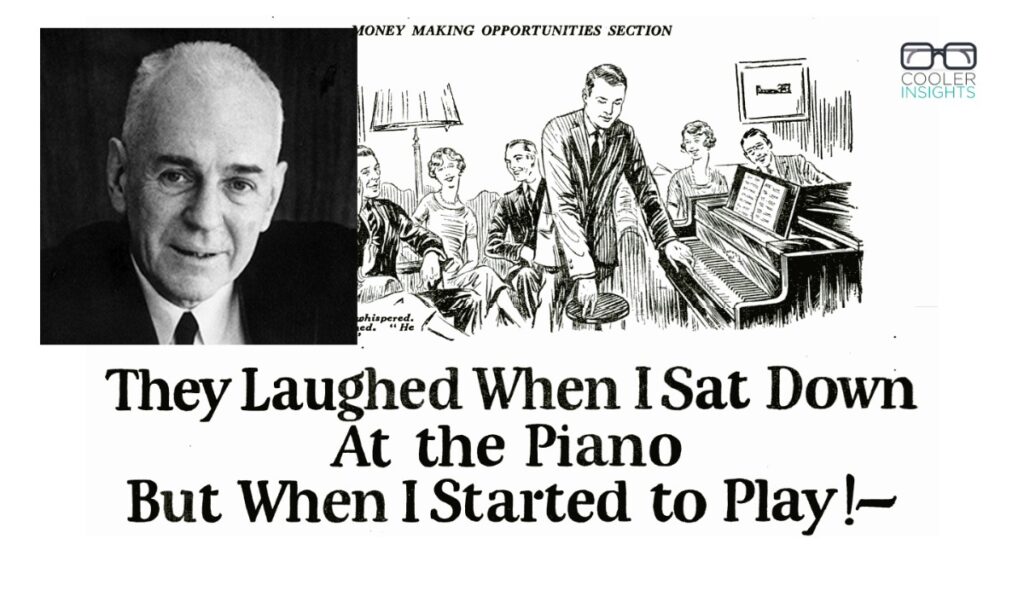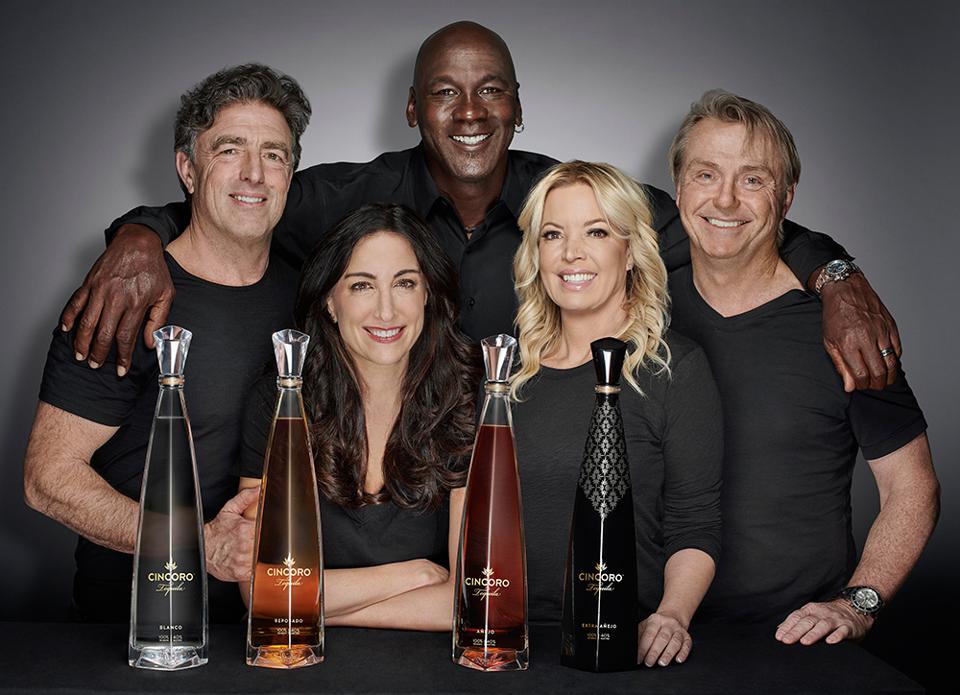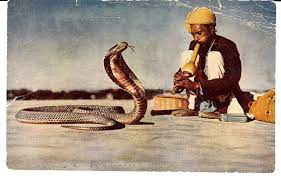Royal Enfield – Bulleting to Success

In its 120 years, Royal Enfield has made millions of bikes, which have opened up new markets and changed the lives of many riders.
George Townsend established a sewing needle manufacturing company in the English town of Redditch in 1851. After this, in 1882, his son started making bicycle components, including saddles and forks. Townsend and Ecossais branded ready-to-ride bicycles were first offered for sale subsequently.
But by 1891, the firm’s finances had completely collapsed. A sales manager at Birmingham Perry & Co. Ltd., Albert Eadie and businessman Bob Walker-Smith were brought in to oversee the bicycle company. The next year, in 1892, they purchased the business and renamed it the Eadie Manufacturing Company Limited.
In 1893, they won a contract to sell precision parts to the Royal Small Arms Factory in Enfield, Middlesex. After receiving this commission, the company changed its name to Enfield Manufacturing Company Ltd., and the first bicycle to bear Bob Walker Smith’s design was named Enfield. The company rebranded its bicycles as Royal Enfields and added the slogan “Made Like a Gun” the following year.

In 1898, Bob Walker Smith conceptualized the first company-owned motor vehicle. The quadricycle, so named because it was constructed from two strong bicycle frames, was powered by a unique 1 1/2 hp De Dion motor. Enfield Cycle Company Limited officially opened for business the same year.
In 1900, Royal Enfield entered the first-ever 1000 mile trial with one of their quadricycles, marking the company’s official entry into the world of racing. The event, which took place over a gruelling path from London to Edinburgh and back, accomplished a great deal to show the British people that motorised transportation was practical.
The first motorcycle was built in 1901. It was introduced at the Stanley Cycle Show in London and was created by Bob Walker-Smith and the Frenchman Jules Gobiet. The back wheel was powered by a 1.5 hp engine situated in front of the steering column, which was connected to a long rawhide belt. The motorcycle’s steering head housed a Minerva engine.


In 1902, Enfield started producing automobiles. So, in 1906, the Enfield Autocar Company Limited was incorporated and a new factory was built in Redditch.
Albert Eadie sold his controlling interest to “Birmingham Small Arms” just a few months after the new subsidiary was established due to the severe financial situation the company was experiencing. Eadie and Smith were made BSA directors before the transaction. When the BSA was taken over, the production of military and sports rifles, pedals, bicycle components, automobiles, and motorbikes began.
Finally, in 1909, at the Stanley Cycle Show, Enfield debuted their first V-twin, powered by a 297cc Swiss-made Motosacoche engine. The model did well in contests.
Frank Walker Smith, Bob Walker Smith’s son, joined the Enfield Cycle Firm in 1913, and the two of them became managing directors of the company in 1914.
The first Royal Enfield two-stroke motorbike was mass-produced beginning in 1914. Production of the 770cc 6 hp V-twin, the company’s largest motorbike, was prioritised when World War I broke out in Britain. The firm provided bikes to the military of many countries throughout the war, including the United Kingdom, Belgium, France, the United States, and Imperial Russia.
To its lineup of motorcycles, the Royal Enfield business added eight more after World War I. Among them was the Sports Model 351, the first Royal Enfield 350cc OHV 4-stroke motorbike to include a foot-operated gear shift. Additionally, a special 225cc 2-stroke step-through ‘Ladies Model’ was released.
In 1928, Royal Enfield changed their motorcycles’ flat gas tanks to more comfortable and aerodynamic saddle tanks. It was also among the pioneering companies to replace its Druid-style front forks with centre-sprung girder forks.
In 1930, it went from having a 2-stroke engine of 225cc to a 976cc V-twin engine, the Model K.
Bullet
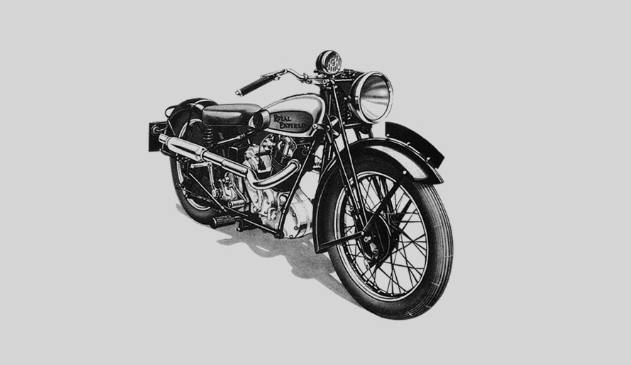
There came the birth of the iconic “Bullet” motorbike. On display for the first time in public in November 1932, it debuted at London’s Olympia Motorcycle Show. Inclinated “sloper” engines, twin-ported cylinder heads, a foot-operated gear shift, and high-compression pistons are standard across all three models (250cc, 350cc, and 500cc).
Bob Walker Smith, a founding partner and co-Managing Director, died in 1933. Major Frank Smith, who had been co-Managing Director of The Enfield Cycle Company with his father for many years, eventually took exclusive control.
In the same year, Royal Enfield debuted the revolutionary Model Z Cygar, which had a 147cc two-stroke Fully Enclosed engine with a leg shield to protect riders.
In 1936–1937, the 500cc Bullet debuted with the significantly revised Model JF. Both bikes had new, more powerful upright engines with four valves per cylinder. Enfield produced the first “Royal Enfield Airborne Motorcycle,” or “Flying Flea,” in 1943, for use by parachutists dropping into combat zones.
India foray
Intending to import British motorbikes into India, K.R. Sundaram Iyer and his nephew K Eswaran Iyer established a firm in 1949 named Madras Motor. Royal Enfield motorbikes were selected by the Indian government at the time, and Madras Motor was granted a licence to distribute these motorcycles throughout the country.
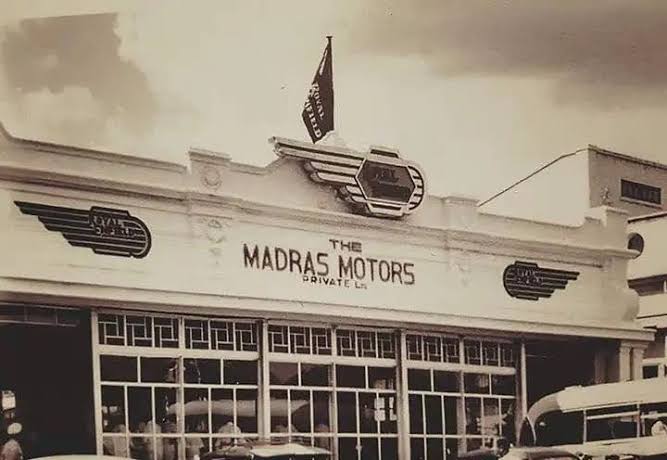
Consequently, the Indian Army placed an order with Madras Motor for 800 units of the Royal Enfield Bullet, 350 cc, in 1952; the first of these motorcycles landed in Madras from Redditch the following year, in 1953. Madras Motor India also marketed the well-acclaimed Royal Enfield brand of motorbikes.
Jointly owned by The Enfield Company and Madras Motors, Enfield India began producing Royal Enfield motorbikes in India. As a consequence, in 1956, production of the Bullet started at the Tiruvottiyur facility, located not far from Madras. At first, the motorcycle was built in India; by the end of 1956, the Madras facility had produced 163 Enfield Bullets.
In 1964, a group of journalists rode a prototype of the now-iconic Continental GT café racer from John O’ Groats to Lands End in less than 24 hours, during which time they completed eight circuits of the Silverstone circuit.
As early as 1962, Enfield India’s manufacturing facility in India was capable of producing any kind of part. In the same year that Frank Walker-Smith passed away, investors from E & H.P. Smith purchased Royal Enfield and later sold it to Norton Villiers. As of the end of 2016, Norton Villiers had a 33% stake in Enfield India. Bicycles were manufactured at the Redditch facility until its closure in 1967. In the same year, Velocette purchased the spare parts business formerly operated by Royal Enfield. However, the Interceptor type was still manufactured in Bradford’s subterranean factory until it was shut down in June 1970.
In 1977, Enfield India started shipping 350cc bikes to the UK and Europe from its Madras facility, where manufacturing was still going well. After gaining popularity among purists of the two-wheeled kind, sales soared.
In 1989, they introduced the 500cc Bullet, which came in three different trim levels: Classic, Deluxe, and Superstar. The next model, the “Cafe Racer Continental GT,” had a 535 cc engine and is an improvement over its predecessor. In 1993, Enfield Diesel produced its first mass-produced 325cc Highly Fuel Efficient Diesel Motorcycle.
Takeover by Eicher
Vikram Lal, the company’s namesake and CEO, developed a passion for motorbikes from an early age. Because of this, Eicher, a maker of commercial vehicles and tractors, purchased Enfield India in 1994 and rebranded it as Royal Enfield Motors Limited. In the 1990s, Royal Enfield had a tough time in India, too. Vikram Lal’s son Siddhartha Lal, who succeeded his father as CEO of Royal Enfield in the year 2000, shared his father’s enthusiasm for bikes.

New motorbike models and cost-cutting strategies were implemented when Siddhartha assumed leadership (together with RL Ravichandran, who became CEO in 2005). Along with production, Royal Enfield is also working to revive its once-powerful brand identity by reintroducing classic designs and detailing. As a consequence, Royal Enfield released numerous new models, including “The Thunderbird” in 2002 and “Electra X” in 2004. The previous models have also been upgraded, in addition to the new ones. To avoid direct competition in India’s saturated market, Royal Enfield persisted in catering to a certain subset of bikers by focusing on its midsize models. In 2005, annual sales for the firm were 25,000 bikes. By 2010 that figure had increased to 50,000. Royal Enfield has seen steady annual sales growth since 2011.
A record number of Royal Enfield motorcycles were sold in 2014, making them the best-selling bike brand in the world. Within the confines of the Bruntingthorpe Proving Ground in Leicestershire, Central England, a brand-new technological centre was constructed in 2015. Royal Enfield bought the British motorbike design and production company Harris Performance in May of that year. The motorcycle’s chassis was first created by the Royal Enfield Continental GT Cafe Racer before Harris Performance became involved. Royal Enfield North America was established in 2015, also with its headquarters located in Milwaukee. The company’s first direct distribution subsidiary outside of India, Royal Enfield North America.
Royal Enfield’s sales dropped because of the pandemic, but at the end of 2020, the business still had a 97% share of the luxury bike market.
There are presently over 50 nations where you may buy a Royal Enfield.
Reference
https://www.bbc.com/storyworks/south-pole-expedition/a-quickfire-history-of-royal-enfield
https://en.wikipedia.org/wiki/Royal_Enfield_(India)
https://www.royalenfield.com/in/en/our-world/since-1901/
https://gomechanic.in/blog/royal-enfield-motorcyles-history/

